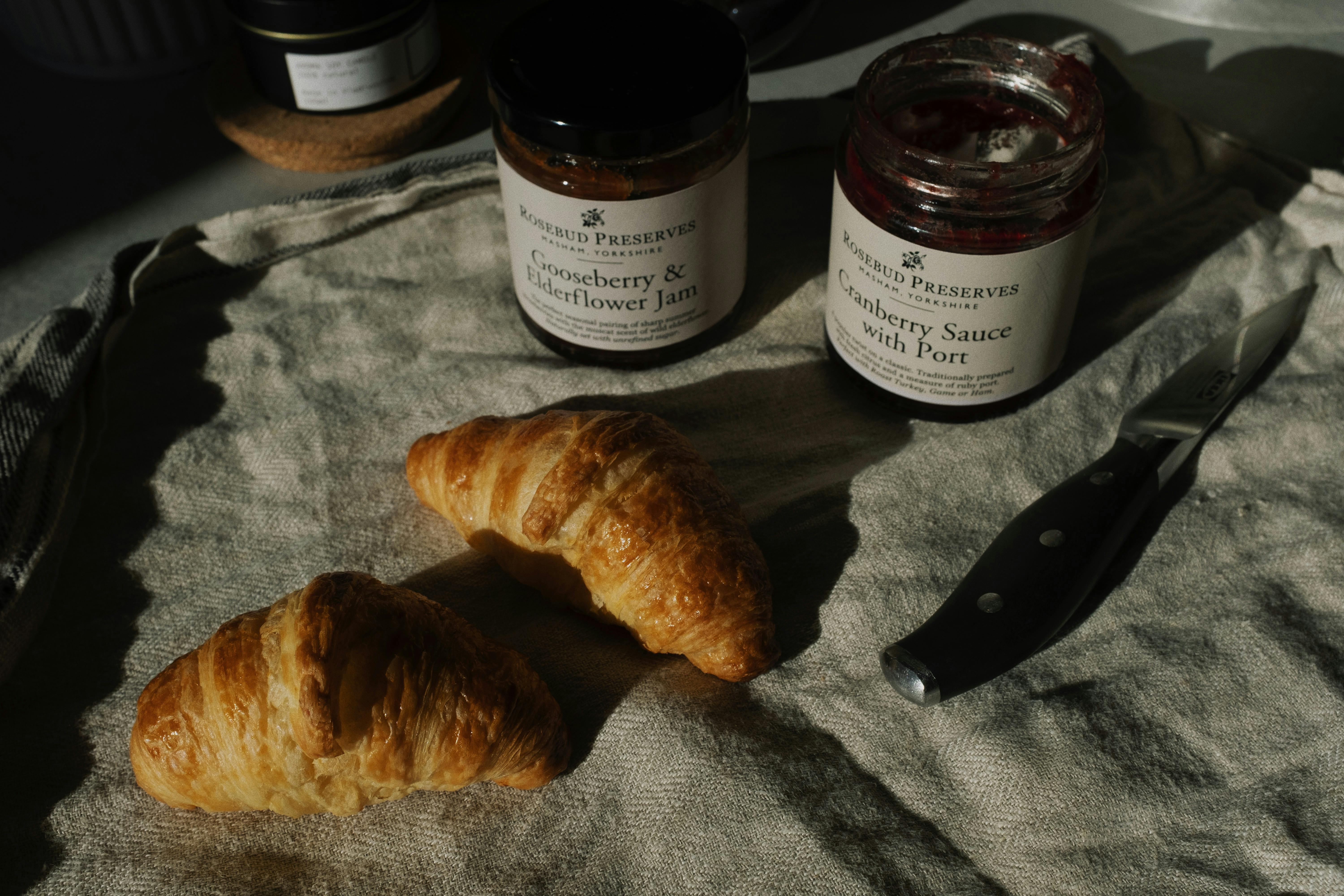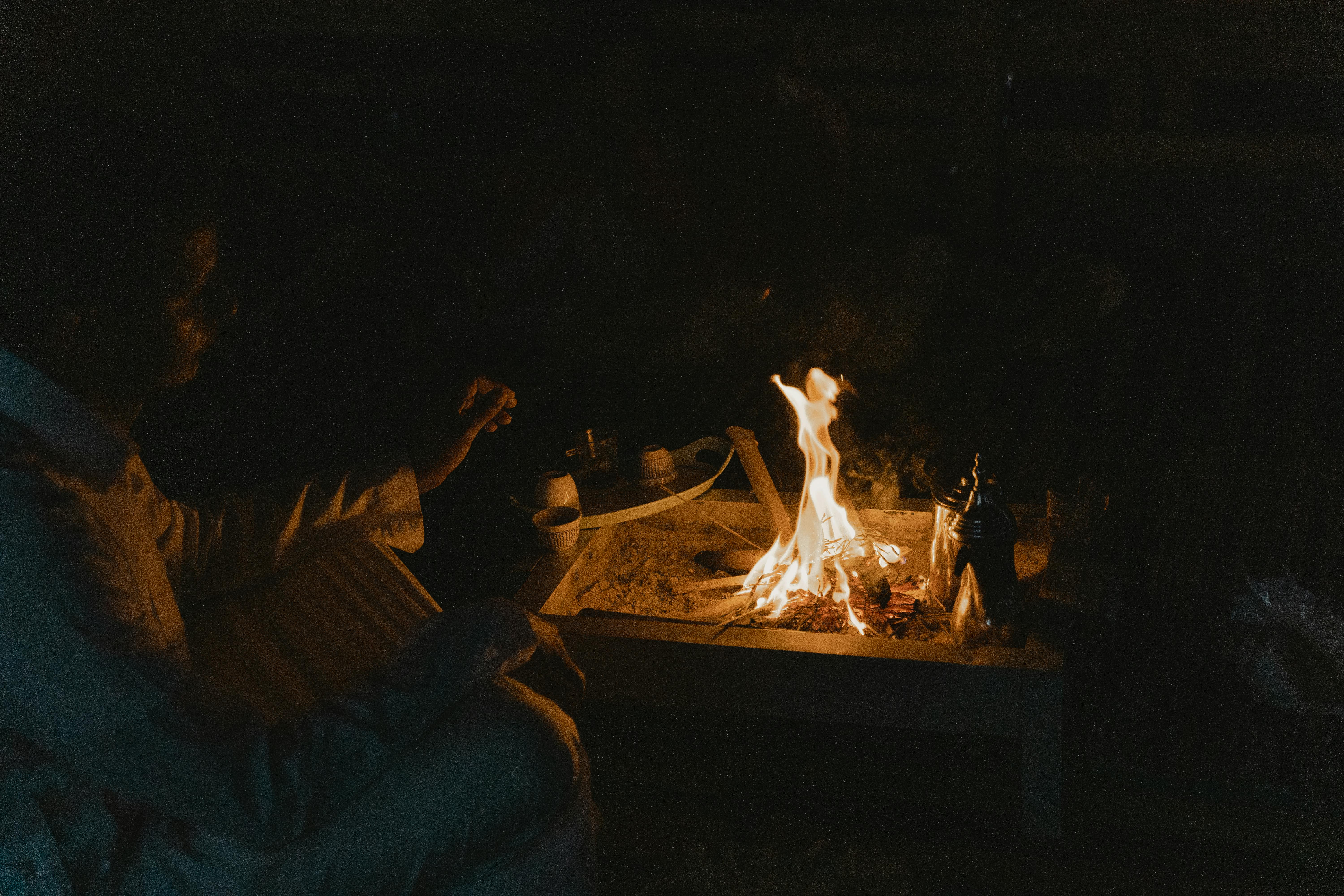
Choosing a Japanese Shoji Screen
Introduction
One can attribute the beautiful clean lines of a Japanese residence to its uncluttered appearance. A Japanese house appears to be quite empty compared to its typical Western counterpart, which is usually filled with large pieces of furniture, gadgets, and decorations.
A Japanese home generally uses natural materials in its finishes with lots of wood and stone adding to the elegant feel. In Japanese interior design, less is definitely more and it’s not like in the West where people feel the need to add elements to a room; in fact, the goal is to keep distractions to a minimum and allow the beauty of the building and its materials to be admired. .
In this article we will focus on the design and construction of shoji screens which, when used in a home, can impart a very Japanese flair to the décor.
frames
A good quality western. shōji ideally, the screen is made with a beech frame, the ideal thickness being 1-3/8″ with the kumiko or grid/lattice pattern in cedar. The main frame should be finished with a clear catalyzed lacquer for ease of cleaning and durability.
paper
Shoji paper is opaque and blocks the view but not the light. The paper used should preferably be Warlon paper, which is a Japanese paper with a PVC resin laminated to each side. It is very durable and is also washable.
The most popular paper is white Warlon paper with a small amount of paper fiber, but you can also get it in amber, bamboo, and maple leaf.
When a more rigid screen is required, the best option would be Warlon Acrylic, which has the appearance of Warlon paper but is a 2mm thick rigid sheet. can be used instead of glass because it is waterproof and weather resistant.
If you already have windows that you want to give the look of shoji paper, you can convert them using Haru Warlon, which has the look of Warlon paper but is actually an adhesive-backed acrylic film for application to glass.
Laminated papers are also available, White Unryu is a very smooth looking paper with long curly paper fibers and Amber Kinwashi is a Japanese paper with short clipped fibers.
These papers get their strength because they are laminated on both sides to a styrene core. For cabinet partitions, cabinet doors or lighting fixtures, single-sided Kinwashi and Unryu papers are also available.
On a more practical note, you can easily change the shoji paper when torn, or swap it out for a different color or pattern whenever you like.
tracks
Traditionally, shoji screen tracks are made of wood, and if given an occasional coat of paste wax and kept clean, they should give good service for a long time. The wooden rails are usually fixed to the ceiling and the floor.
If you have a hardwood floor, the bottom rail is usually made of wood just like the one used for the floor and can be embedded. Modern screens must incorporate a Teflon guide to ensure smooth operation.
If you want to use a shoji screen to protect a cloakroom or cabinet, then a metal rail, usually aluminum, with rollers that, because they are held captive in the rail, cannot jump or get stuck, is preferable.
Details
An important design detail is the door handle, the hole where you can put your fingers to open and close the screen. The best ones are made of ebony and should be embedded in the shoji frame, never adhered to its surface.
If you have small children or pets, you might consider a solid bottom panel on the shoji screen. If your particular screen is wider or taller than normal, this panel can also help stiffen the screen.
environmental friendly
In these eco-friendly days, a shoji screen can also keep a window cold in the winter and improve the efficiency of an air conditioner in the summer.
In a humid environment, a shoji screen can control the humidity in the room by absorbing it on humid days and then discharging it to the atmosphere when drier conditions prevail.
Of course, the shoji screens are also made from natural materials from sustainable sources.
Atmosphere and Mystique
If you want to add an oriental flavor to your interior design scheme, adding some shoji screens could be the answer, they are a warm and natural feature with geometric design lines.
The texture of wood and paper creates an aura of comfort while the geometric grid tenses the space. This contrast gives off an air of mystique and along with the softened sunlight coming through the atmospheric wallpaper bathes the room completely.




No Comment